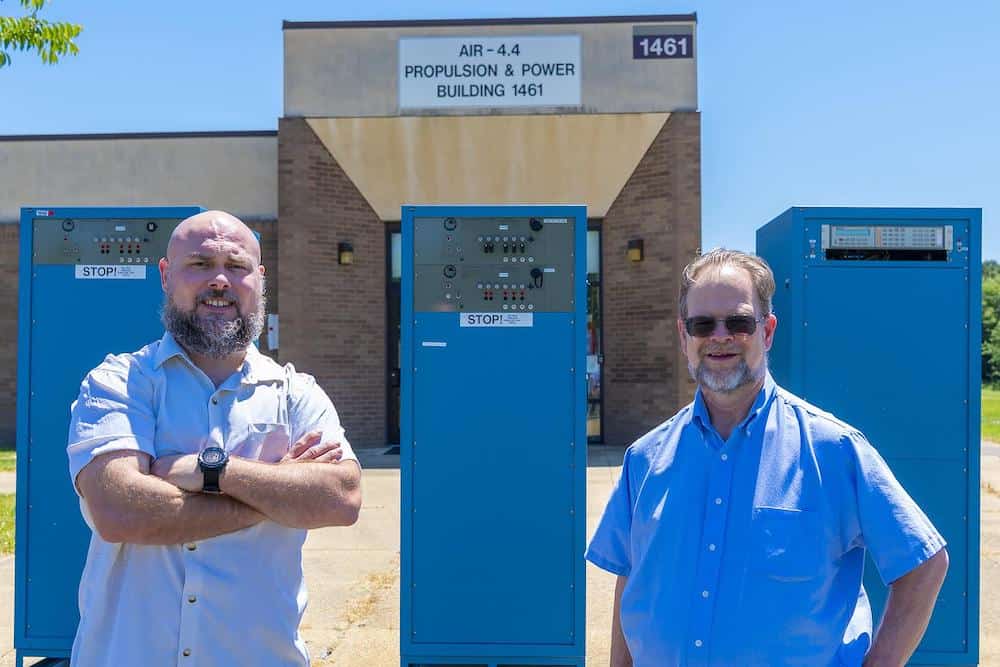
Thanks to a recently patented invention from Naval Air Warfare Center Aircraft Division (NAWCAD), maintainers will soon be able to reduce the time required to test the avionics systems of the U.S. Navy’s F/A-18 Hornets, therefore increasing the operational readiness of the fleet’s primary strike aircraft.
The Programmable Silicon Controlled Rectifier Firing System, invented by a group of electrical engineers working on the F/A-18 Integrated Product Team (IPT) in the F/A-18 and EA-18G Program Office (PMA-265), reduces the time and effort required to ensure that an aircraft’s avionics (its electrical and electromechanical systems) are operating correctly.
As avionics systems have grown in complexity and power, the devices used to test them have not been able to keep up, resulting in more downtime for aircraft.
“The way avionics consume power has significantly changed compared to 20 or 30 years ago,” said Senior Electrical Engineer Joshua Masters, one of the system’s inventors.
“We needed a system that could safely replicate what modern avionics systems do during flight on the ground.”
To solve the problem, the F/A-18 IPT engineers invented a computer-programmable power testing system that more accurately mimics the power demands and patterns of an aircraft’s radars, radios, weapons, and other electrical devices. This means the devices themselves don’t have to be run as part of the tests, which saves wear and tear. Because the electrical tests can now be run on the ground, the time and risks involved in test flights can also be significantly reduced. Furthermore, the new firing system can be used on every series of the F/A-18 in service with the fleet.
In tests conducted so far, the engineers have been able to increase the avionics’ time on wing (the amount of time that electronic equipment spends installed in an aircraft as opposed to sitting on a test bench) by five to six times.
“It’s very exciting to be able to update our requirements and have our equipment last longer for the fleet because of our invention,” said F-18 Electrical Subsystem IPT Lead Charles Singer.












